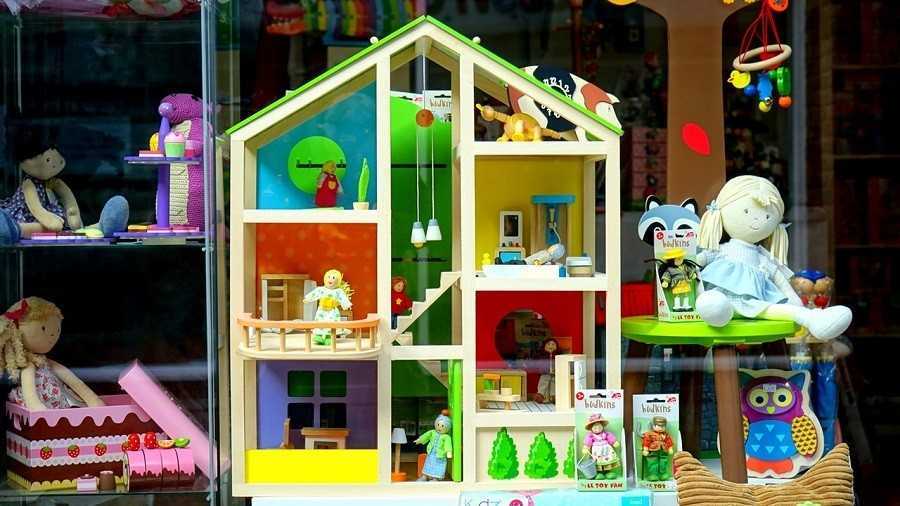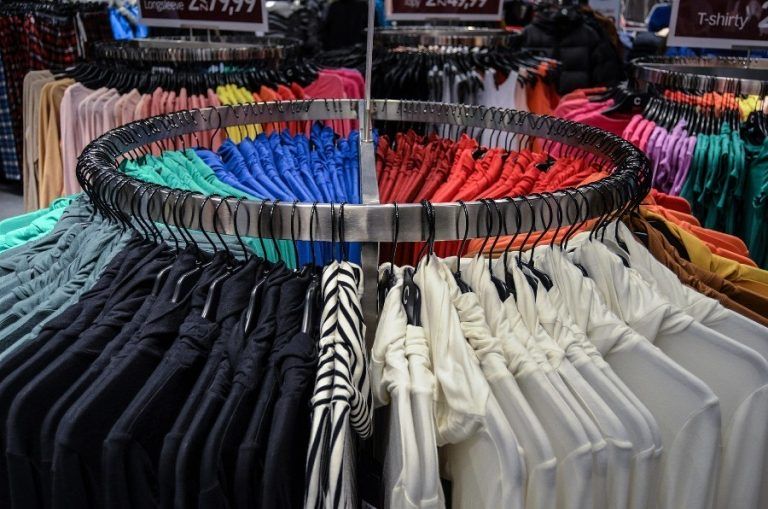Children’s market in the growth wave

Wpis dostępny jest także w języku:
![]() polski
polski
The market for children’s products in Poland reached PLN 11.55bn in 2017, an increase of 4.9% compared to the previous year, according to the PMR analysis contained in the report “Retail trade in children’s products in Poland 2018. Market analysis and development forecasts for the years 2018-2023”.
Forecasts for the market are positive and correlated with the forecast for the whole economy. The market situation will be positively influenced by the economic recovery and increase in consumer spending. In 2018, the strongly growing consumption (according to forecasts, individual consumption will increase by 4.2% y/y in relative terms) will be the result of a favourable situation on the labour market (still falling unemployment and rising wages), growing purchasing power and the effect of a significant increase in social transfers directly oriented towards households (e.g. the Family 500 plus programme). 2/3 of the respondents were beneficiaries of the Family 500+ programme in the survey conducted for the purposes of this report. In their opinion, additional funds from the Rodzina 500+ programme had the greatest impact on expenditure related to out-of-school activities (49%), holidays (45%) and purchases of clothing (45%), and the smallest impact on purchases of cosmetics for children (28%), children’s furniture (27%) and food for babies (26%).
The largest segment of the children’s clothing market is children’s clothing, which accounts for one third of the total market sales, and together with children’s footwear already almost half of the market. Food for infants is a category which records lower growths and does not have the best forecasts ahead of it, reducing the slightly anticipated dynamics of the entire market in the forecast period. The competition for ready-made food for infants in recent years has been the extension of breastfeeding time and the popularity of preparing home-made meals for children. In addition, both categories are strongly dependent on natural growth. In the case of hygiene products, the low dynamics is caused by the growing popularity of private labels in the categories of diapers and moisturizing wipes. Cosmetics are a segment showing some stability. On the one hand, it is strongly dependent on demographic changes, on the other hand, parents use cosmetics with special certificates at a higher price.







